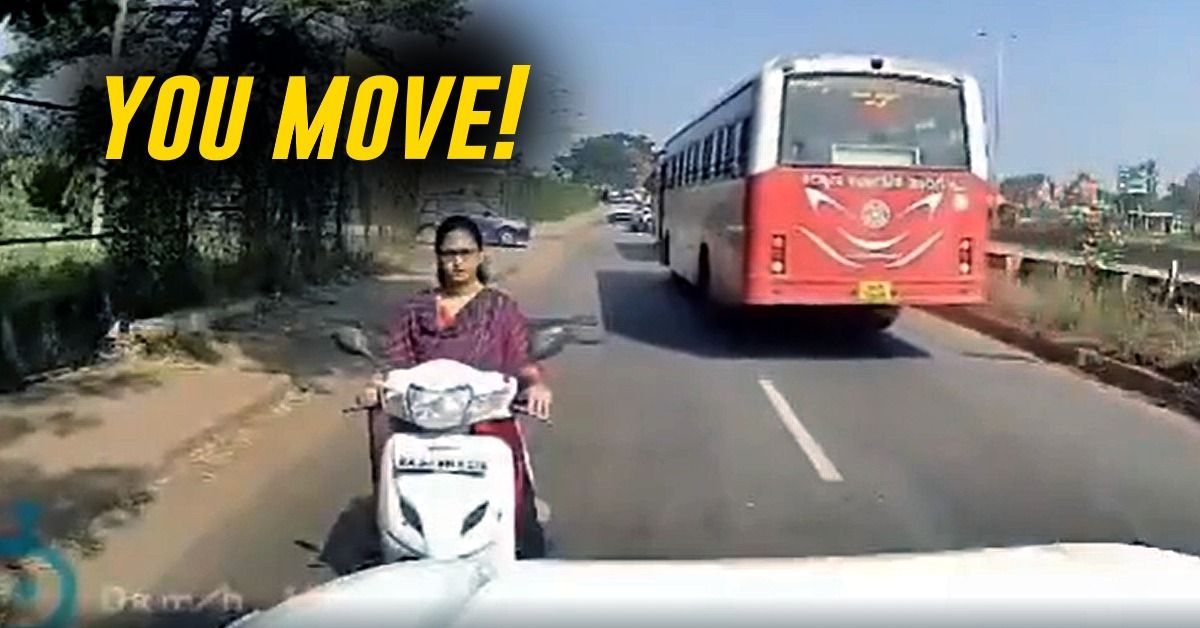Why Indians Break Traffic Rules: Reason Revealed


The chaos on Indian roads is as much about potholes and poor planning as it is about behaviour. A recent survey by Cars24 revealed a troubling insight into this pattern: nearly 40 percent of respondents admitted that they don’t take traffic rules seriously. But this isn’t simply about ignorance. The disregard for rules is often deeply rooted in everyday experiences, social habits, and a wider system that seems to look the other way.
For many, traffic rules are seen as guidelines rather than strict mandates. It is not uncommon to hear a motorist justify jumping a red light because "there was no one watching" or "everyone else was doing it." This herd mentality fuels a cycle where one person’s violation normalises another’s. Over time, the behaviour becomes routine.
At the core of this lies a cultural familiarity with jugaad, a mindset that celebrates clever workarounds. While this adaptability helps in many contexts, it often spills over onto the roads where people begin to believe they can outsmart the system without consequence. Unfortunately, the roads are not the place for shortcuts. A few seconds saved at a signal can lead to accidents, traffic snarls, or worse, loss of life.
One of the biggest reasons for the widespread rule-breaking is the belief that the chances of being caught are slim. Many drivers feel emboldened by the lack of visible policing or CCTV surveillance, particularly in smaller cities and towns. Even in metros, the inconsistent enforcement of rules undermines their seriousness. This patchy implementation sends a clear message that penalties are a matter of luck, not law.
When people know they can get away with something, their willingness to follow the rules drops significantly. In the survey, a large chunk of respondents felt that fines or punishments didn’t impact their decision-making. Some even believed that paying a small bribe was an easier way out than following rules in the first place.
Urban traffic in India can test the patience of even the calmest driver. Congested roads, long commuting hours, and irregular public transport create a pressure-cooker situation. As a result, drivers often look for any opportunity to jump lanes, squeeze through gaps, or run red lights just to save a few minutes.
This kind of impatience, especially in bumper-to-bumper traffic, often leads to rash decisions. Add to that the frustration from dealing with honking, signal failures, or erratic pedestrian movement, and you get an environment where tempers flare and rules are routinely ignored.
While many Indian drivers know the basics, they often don’t understand the full logic behind traffic regulations. Driving schools tend to focus more on how to operate a vehicle than on road ethics or defensive driving practices. Meanwhile, early exposure to poor driving behaviour, either from family or friends, sets the wrong precedent.
Children grow up seeing adults flout rules, overtake from the wrong side, or drive without helmets. By the time they get behind the wheel, the behaviour has already been normalised. A strong foundation in road safety education, particularly from school level, is almost entirely missing.
Sometimes, even well-meaning drivers find it hard to follow rules because the infrastructure is flawed. Confusing road signs, lack of zebra crossings, sudden diversions, and pothole-ridden roads can force people to make unsafe choices. When people repeatedly encounter broken systems, they start to believe that breaking the rules is the only way to get by.
Also, many Indian roads don’t support smooth enforcement of rules. For instance, lane markings are often missing or faded, signals don’t function properly, and U-turns are placed in the most inconvenient locations. This pushes drivers to improvise, often at the cost of traffic discipline.
Changing the way people behave on roads requires more than just fines or slogans. What’s needed is a mix of consistent enforcement, better road design, and public campaigns that go beyond fear and focus on empathy and civic responsibility.
People must realise that traffic rules are not restrictions, but safeguards for their own lives and for others. Just as wearing a seatbelt or helmet becomes a habit, so can stopping at a red light or respecting a pedestrian crossing. It will take time, but it begins with one driver choosing to do the right thing even when no one is watching.